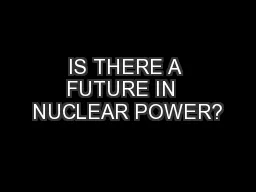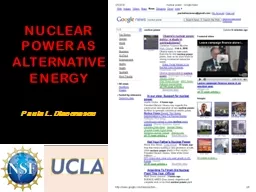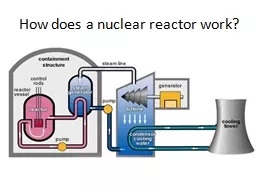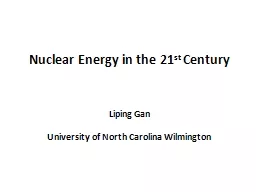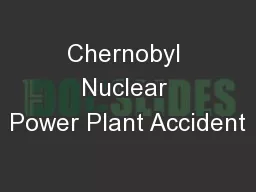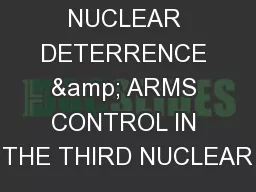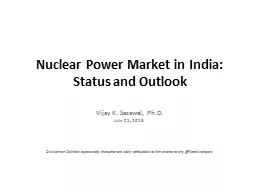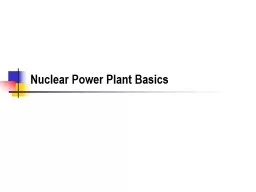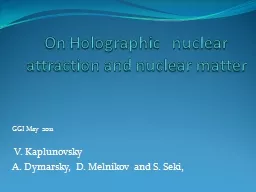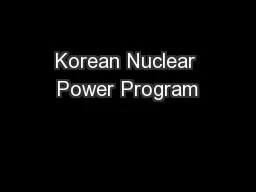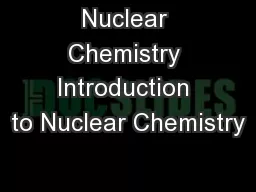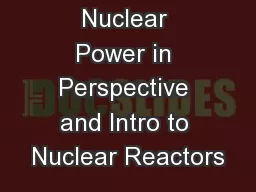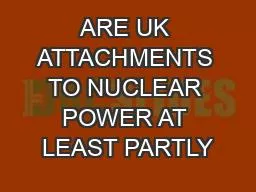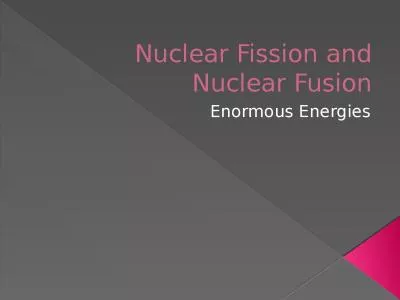PPT-IS THERE A FUTURE IN NUCLEAR POWER?
Author : myesha-ticknor | Published Date : 2018-12-24
Talk given at earth wind amp fire energy summit d allas texas October 4 2014 Arjun Makhijani phd wwwieerorg Nuclear binary All or nothing 247 or 0365 More
Presentation Embed Code
Download Presentation
Download Presentation The PPT/PDF document "IS THERE A FUTURE IN NUCLEAR POWER?" is the property of its rightful owner. Permission is granted to download and print the materials on this website for personal, non-commercial use only, and to display it on your personal computer provided you do not modify the materials and that you retain all copyright notices contained in the materials. By downloading content from our website, you accept the terms of this agreement.
IS THERE A FUTURE IN NUCLEAR POWER?: Transcript
Download Rules Of Document
"IS THERE A FUTURE IN NUCLEAR POWER?"The content belongs to its owner. You may download and print it for personal use, without modification, and keep all copyright notices. By downloading, you agree to these terms.
Related Documents

